
Arthrosis of the ankle joint is a degenerative and dystrophic disease of the structures of the musculoskeletal system. It affects the lower limb. It is considered one of the most common forms of osteoarthritis: it accounts for up to 30% of the total number of cases of degenerative-dystrophic joint damage. The pathological process occurs not only in older patients. About a quarter of patients are people under 40 years of age.
The disorder is accompanied by persistent pain and a gradual decline in joint and lower extremity function. Without treatment it progresses and does not go away on its own. Diagnosis and treatment of the disorder is the responsibility of an orthopedic doctor (depending on the cause, a traumatologist, as well as physical therapists and physical therapists, are involved).
Causes of ankle osteoarthritis.
Osteoarthritis is considered a polyetiological disease. Its development occurs as a consequence of the influence of a group of causes. With age, the number of factors that cause diseases increases, hence the greater likelihood of a pathological process occurring. But not all is so easy.
Pathogenesis of the disorder.
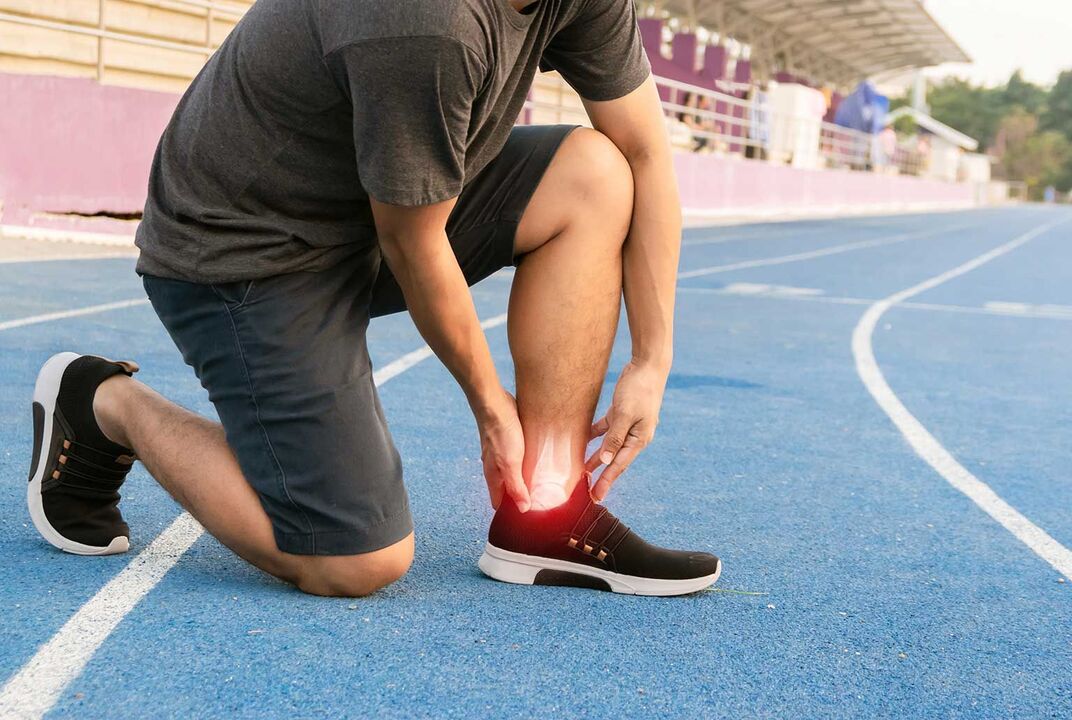
There are a group of causes of ankle osteoarthritis, among the most common:
- irrational physical activity;
- injuries;
- operations;
- Metabolic diseases;
- uncomfortable shoes;
- other diseases of the musculoskeletal system;
- rheumatoid diseases.
Irrational stress can be the result of lifestyle or career choice. Constant walking, standing in one place, carrying heavy objects, intense activity. All of them are provocators of the pathological process in the medium term (several years).
Another reason is injuries, especially intra-articular fractures, dislocations and also severe bruises (to a lesser extent). Osteoarthritis of the ankle joint goes unnoticed, but progresses constantly. Patients often underestimate the consequences of the trauma they have suffered.
Surgeries can cause osteoarthritis. However, this complication is relatively rare. Mainly due to an incorrect assessment of the clinical situation. insufficient qualification of the doctor.
Metabolic pathologies, such as diabetes mellitus, can cause a disorder. However, much more often the causes of ankle osteoarthritis are gout, as well as hormonal disorders (for example, during menopause).
Uncomfortable shoes are one of the key factors in the development of the pathological process. The disorder develops due to improper distribution of load on the foot. Usually complex disorders develop: not only osteoarthritis, but also spinal injuries. At a minimum: osteochondrosis. But more dangerous problems are also possible.
The dysfunctions of the musculoskeletal system themselves also increase the likelihood of a pathological process. Intervertebral hernias, osteochondrosis and congenital diseases create additional risks.
Rheumatoid diseases are represented by arthritis, systemic lupus erythematosus. Degenerative-dystrophic lesions are secondary, but they aggravate the underlying disease and worsen the prognosis.
Osteoarthritis of the ankle joint is a multifactorial disease. As a rule, it develops under the influence of several causes at once. There are exceptions, but they are rare. In addition, the number of factors affects the severity of the disease and the rate of progression of the pathological process.
The development of the pathological process is gradual. At the initial stage, local blood circulation and the distribution of dynamic load on the foot are disturbed. Little by little destructive processes are added to the cartilage. Slow inflammation begins. Degeneration of other structures of the ankle occurs: capsule, ligaments, bones, etc. The more advanced the disease, the more difficult the treatment. It requires more effort and time.
Higher risk factors for developing osteoarthritis.
Dystrophic destruction of the tissues of the ankle joint occurs not only as a result of the influence of immediate causes. The severity, likelihood of the disease, and the nature of its course are affected by risk factors. They complete the picture of rape. Among them:
- habit of wearing heels;
- the physically difficult nature of the work (including professions with non-obvious risks: teachers and cooks get sick too);
- previous injuries to the ankle joint (there are cases in which the disorder manifested itself years after the injury);
- history of endocrine diseases (hormonal disorders create additional risks);
- history of musculoskeletal diseases;
- over 40 years of age (although the disease also occurs in younger people);
- increase in body weight;
- gender (women suffer more often than men).
Arthrosis of the ankle joint is a disease that develops slowly and symptoms do not appear immediately. Therefore, it is difficult to assess which risk factors and causes cause the pathological process. It is necessary to collect a complete medical history.
Classification and types of damage to the ankle joint.
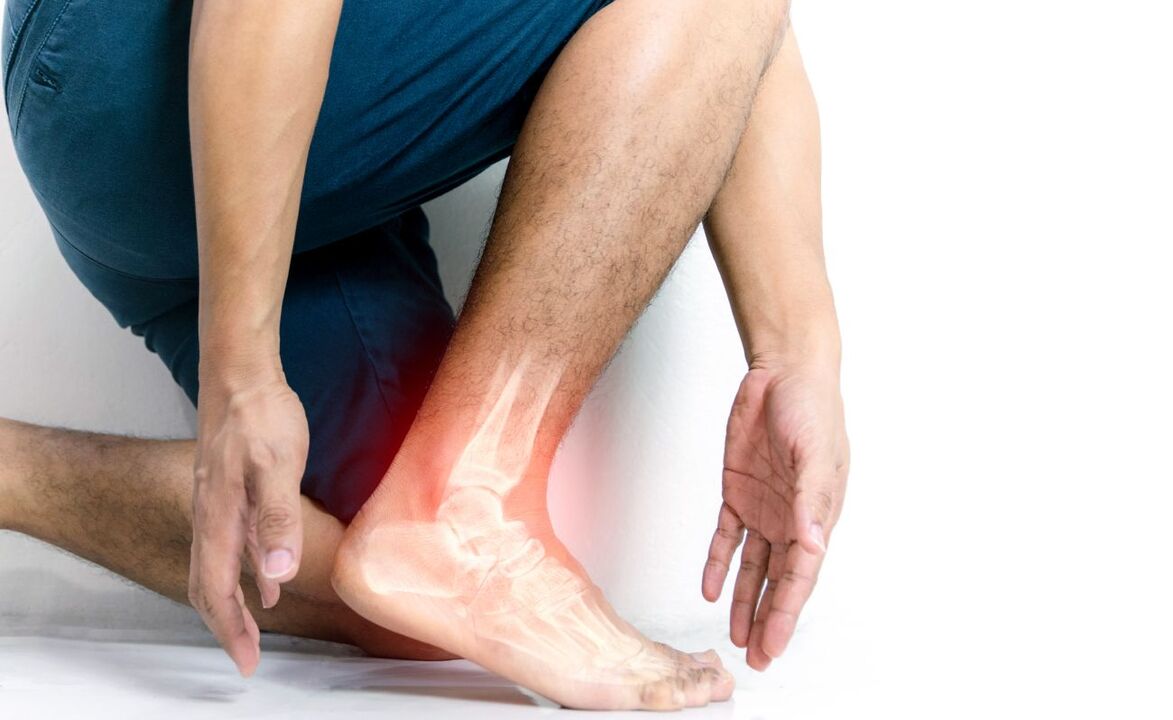
The pathology is classified according to two bases.
The first criterion is the origin of the pathological process. Stand out:
- post-traumatic form of the disorder (develops after injuries to the ankle joint or other structures of the musculoskeletal system);
- deforming osteoarthritis of the ankle joint: a consequence of metabolic disorders or injuries, accompanied by slow but constant deformation of the joint;
- Metabolic osteoarthritis develops against the background of diabetes, hormonal disorders or gout (disorders of purine metabolism).
The second basis of classification is based on the staging of the pathological process. In its development, osteoarthritis of the ankle joint goes through the following stages:
- initial or early;
- progressive;
- advanced osteoarthritis.
In the first stage there is no clinical picture as such or it appears after intense physical activity. The pathological process is detected only with the help of special diagnostic methods.
The progressive phase of the disorder is accompanied by an intensification of the symptoms. Symptoms appear after mild physical activity. Load tolerance decreases. There is a constant pain syndrome, as well as limited mobility of the leg in the ankle joint.
The final phase of the pathological process is accompanied by severe pain, as well as other symptoms in a state of complete rest. Both motor and support functions are affected. Often a person becomes disabled. Complex surgical treatment is required, including endoprosthesis.
Important!
Staging plays the most important role in determining treatment tactics and predicting the course and outcome of the disease. The disorder is best treated at an early stage. The more advanced the pathology, the more difficult and slower the correction will be.
Symptoms of the disorder
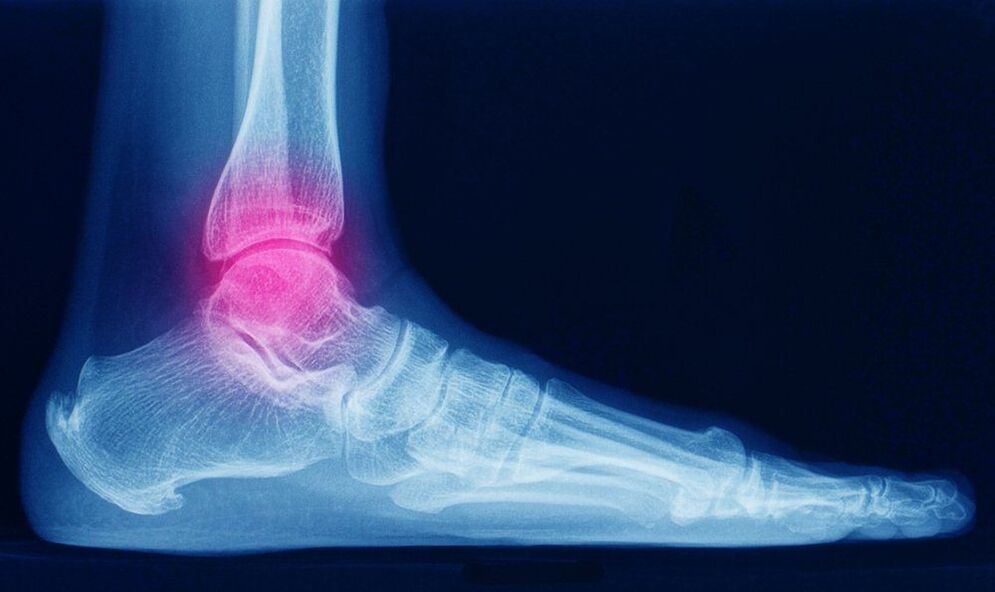
The clinical picture depends on the form and stage of the pathological process. Typical manifestations are:
- pain;
- fatigue;
- exercise intolerance;
- swelling;
- disorders of the supporting function of the leg;
- muscular weakness.
Leg pain is initially observed only after intense physical activity. So a little activity is enough. In the advanced stage of the pathological process, pain is always present, regardless of the load.
Fatigue is observed from the first stage of the disorder. The feeling of muscle weakness and increased fatigue progresses along with the disease. Signs indicate further development of the disorder.
Exercise tolerance also gradually decreases. In a pronounced stage of the disorder, a person cannot climb to the second or third floor. We have to make stops.
Swelling is a sign that is always present. The leg at the ankle appears swollen and enlarged. This is a nonspecific manifestation.
The initial pain is typical. After prolonged stay in one place, severe stiffness of the joint develops. The first movements cause a lot of discomfort. The pain and discomfort gradually disappear as the person continues to move.
The clinical picture depends on the degree of osteoarthritis of the ankle joint. It plays an important role in determining the stage and severity of the pathological process. The doctor systematizes the symptoms through a process of oral questioning and anamnesis.
The disease is characterized by a chronic course. During periods of exacerbation, signs of arthrosis of the ankle joint appear more clearly. In the chronic phase, remission is only partial. The clinic is not so bright, but the symptoms do not disappear completely. Then a new exacerbation of osteoarthritis of the ankle joint occurs and the manifestations intensify again. And so on in a circle until a quality treatment is performed.
Complications of ankle osteoarthritis.
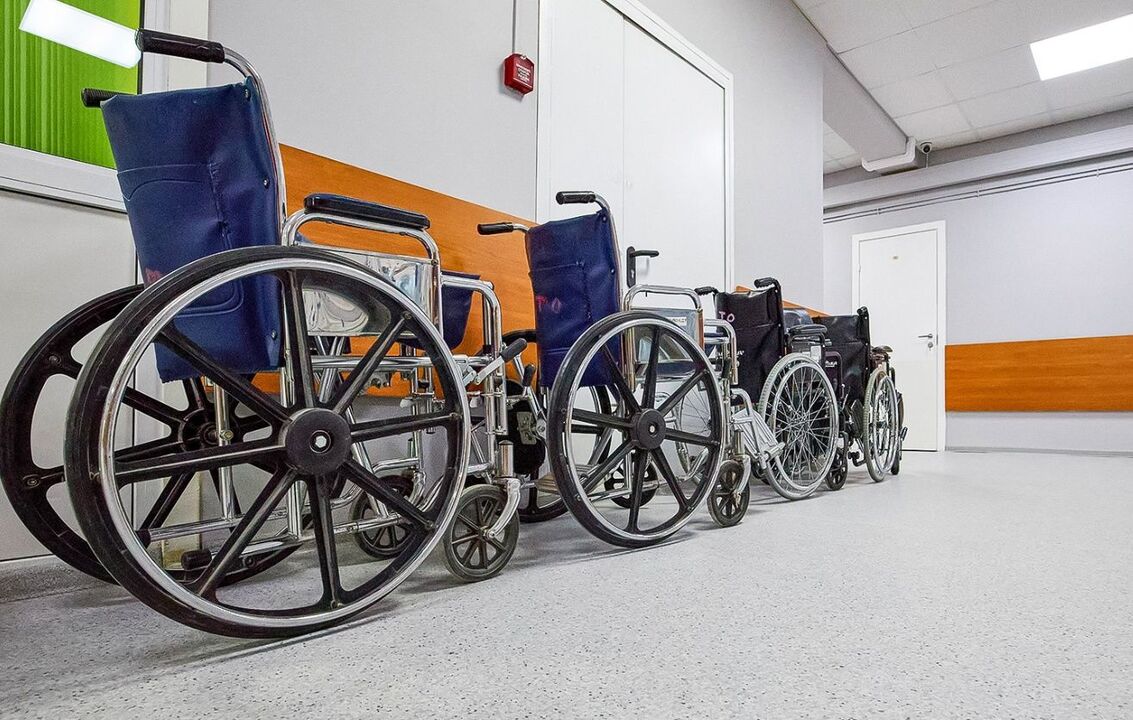
Complications of the pathological process are related to the maintenance of work capacity and the ability to care for oneself.
Patients experience ankle deformities. The pathological process ends with the formation of contractures, areas of primary or complete immobility of the limb in the ankle. The situation can only be corrected surgically.
At the time of exacerbation, the development of synovitis and inflammation of the synovial bursa is typical. This condition lasts several weeks and during its acute course completely eliminates the ability to work and move.
The final result of the pathological process is a decrease and then a complete loss of the supporting function of the leg, the person cannot move normally. You have to use crutches. There is a complete loss of the ability to work and, in some cases, the ability to care for oneself. In advanced stages of ankle osteoarthritis, patients become disabled.
Diagnosis of the disease.

Diagnosis of damage to joint structures and cartilaginous tissue is carried out under the supervision of an orthopedic traumatologist. The exams are typical. It is not difficult to identify the pathological process, as well as the degree of severity. Among the techniques:
- oral questioning of the patient to better understand the nature of symptoms and health problems;
- collect anamnesis, which allows you to determine the probable origin of a pathological condition;
- palpation - osteoarthritis is indicated by deformation, swelling, pain during passive movements;
- Ankle x-ray: a routine examination that provides sufficient information to make a diagnosis and determine its severity, it is considered the gold standard examination;
- MRI if radiographic data are insufficient.
Other studies can be carried out. For example, computed tomography (osteoarthritis affects not only cartilage, but also bones; CT allows detailed and accurate visualization of the nature of the disorders).
Note!
Osteoarthritis does not have specific manifestations, especially at an early stage. Therefore, on your own, without sufficient knowledge, it will not be possible to distinguish pathological processes from each other. Special instrumental diagnostics are required.
Laboratory diagnostic techniques provide little data. They are only informative in terms of identifying the inflammatory process and help in the diagnosis of some forms of osteoarthritis (metabolic origin, rheumatoid nature).
Treatment methods
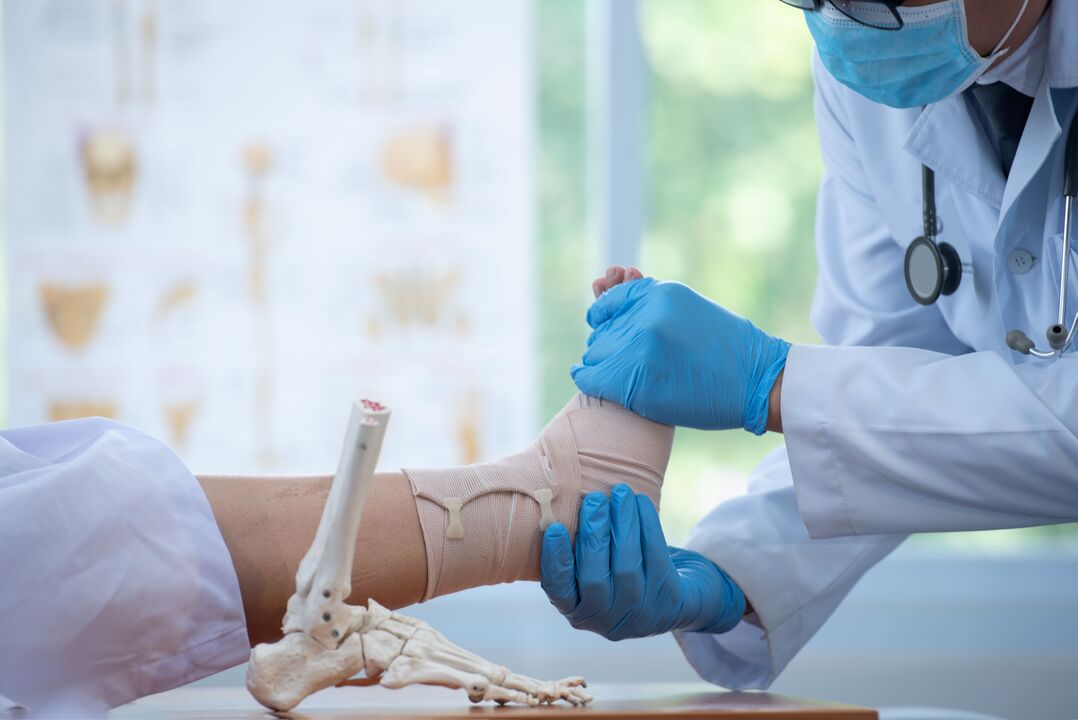
Treatment of osteoarthritis of the ankle joint is carried out using conservative and surgical techniques. The best results can be achieved if you resort to complex correction.
Conservative therapy includes the use of medications, exercise therapy, and physical therapy with massage. The following medications are used:
- local anti-inflammatory;
- general anti-inflammatory drugs (in the form of tablets or injectable solutions);
- chondroprotectors;
- Nicotinic acid and other means to improve metabolic processes.
Exercise therapy and physical therapy, along with massage, aim at recovery once the acute condition is eliminated. These methods are important during the remission period. If the disease occurs in acute form with pronounced clinical symptoms, the methods are postponed.
Surgical treatment is required in case of persistent deformities and deviations in the anatomy of the joint. Joint plastic surgery or endoprosthesis, replacement of joints with an artificial analogue is possible. This is a high-tech correction method.
Forecasts
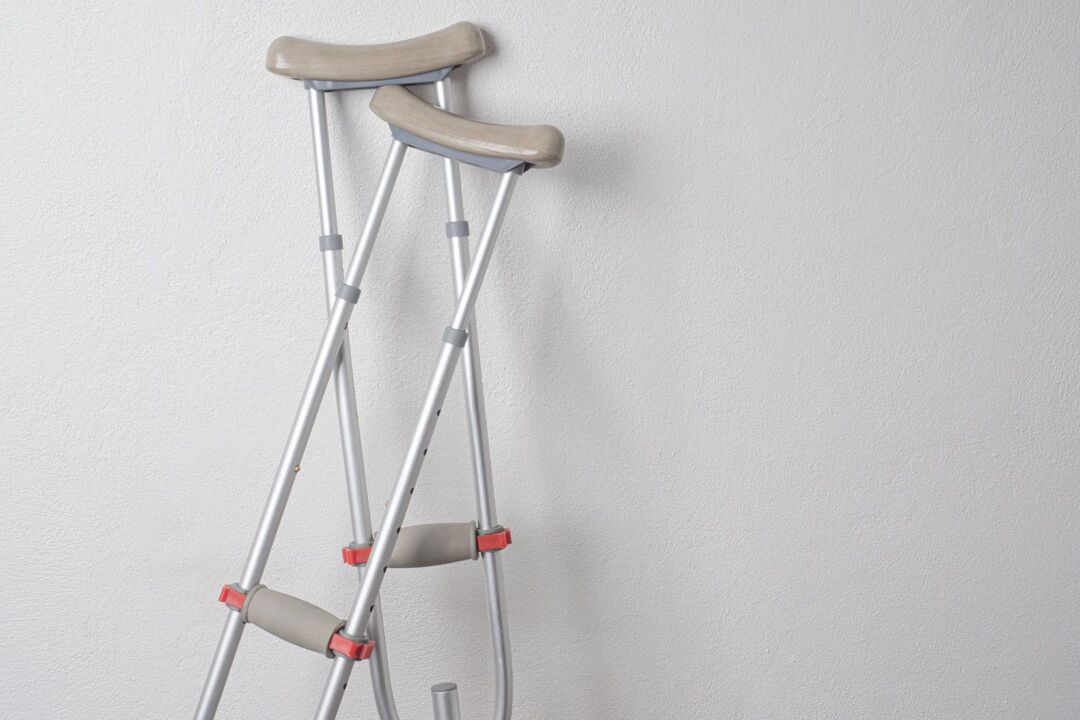
The prognosis depends on the time of treatment, the state of health, the cause of osteoarthritis, as well as the degree of development of the disorder. The more advanced the disease is, the more complicated the situation is. If treatment is started early, the prospects for cure and full recovery are good. In other cases, surgery and a long rehabilitation period are required.
Prevention of the disorder

Prevention of ankle osteoarthritis includes:
- wear comfortable shoes;
- timely treatment of musculoskeletal diseases;
- reasonable welfare control;
- body weight control;
- avoid injuries;
- load control.
Prevention can reduce the risk of ankle osteoarthritis by 2 to 3 times. The probability of a pathological process will be minimal.












































